If you’ve ever watched a toddler bounce to the beat of a song or seen a preschooler burst into dance during circle time, you’ve witnessed the natural connection children have with music. Long before they can read or write, young children engage with rhythm, melody, and movement—often with joy and confidence. But music isn’t just a fun activity. It’s a powerful tool that supports key areas of early childhood development.
From building motor skills to boosting language development and social-emotional learning, music makes a meaningful impact on young learners. Here’s how incorporating music and movement into your early childhood classroom helps children grow and thrive.
Music Builds Stronger Brains
Music engages multiple areas of the brain at once. When children sing, dance, or play simple instruments, they’re not just having fun—they’re building neural connections that support memory, attention, and problem-solving. Repeating songs helps young children improve auditory memory and recall. Matching rhythm and tempo strengthens pattern recognition, a foundational skill for early math and literacy development.
Even simple fingerplays like “Itsy Bitsy Spider” or “Five Little Ducks” offer valuable opportunities for sequencing, counting, and vocabulary building.
Music Strengthens Language & Communication
Young children learn language best through rich, engaging, and repetitive experiences—and music checks all those boxes. Songs introduce new vocabulary in a memorable and meaningful way. Rhymes and rhythm help children hear the smaller sounds in words, which is a key step toward phonemic awareness and early reading.
Call-and-response songs, chants, and sing-alongs also encourage expressive language and active participation. Whether they’re singing a favorite song or making up their own, children are building the communication skills they’ll use throughout their lives.
Movement Supports Physical Development
Music often gets children moving, and movement is essential for healthy development. Dancing, marching, clapping, and jumping to the beat helps children build gross motor skills like coordination, balance, and body awareness. Fingerplays and instrument play support fine motor skills, preparing little hands for tasks like writing, drawing, and self-care.
Try adding scarves, beanbags, or rhythm sticks to music time to encourage purposeful movement and multisensory exploration.
Music Encourages Social-Emotional Learning
Music creates a sense of community and connection in the classroom. Singing together promotes a feeling of belonging, and taking turns with instruments or during group dances fosters cooperation and empathy.
Music also gives children a way to express their feelings. Joyful songs bring energy and excitement, while soft lullabies or calming music can soothe and regulate emotions. Over time, children learn to recognize how music affects their mood—and how it can be a tool for self-regulation.
Music and Outdoor Learning Go Hand in Hand
Bringing music outdoors creates exciting, hands-on learning opportunities that support both physical and cognitive development. Instruments like playground chimes, outdoor drums, and xylophones turn your outdoor space into an open-air music center where children can explore rhythm, sound, and movement in new ways. These durable, weather-resistant instruments are designed to spark curiosity and creativity while withstanding everyday play. Nature-inspired musical tools help children connect with their environment and encourage collaborative, sensory-rich experiences that enhance early learning.
Easy Ways to Bring More Music Into Your Day
You don’t need to be a trained musician to make music part of your classroom routine. Here are a few simple ideas to get started:
-
Start the day with a song. A cheerful welcome song helps set the tone for the day.
-
Use music for transitions. Clean-up songs or line-up jingles turn tricky transitions into smooth, predictable routines.
-
Create a classroom playlist. Include a mix of upbeat songs, calm music, and seasonal favorites.
-
Explore instruments. Offer age-appropriate instruments like egg shakers, tambourines, or rhythm sticks for hands-on exploration.
-
Encourage creative movement. Play instrumental music and invite children to move like animals, pretend they’re floating like bubbles, or act out a story through dance.
Final Note
When we give young children opportunities to move, groove, and engage with music, we’re nurturing their development in joyful and lasting ways. Whether it’s a daily dance party, a quiet lullaby before nap time, or a silly song about brushing teeth, music creates meaningful moments that help children learn and grow.
So turn up the tunes, grab some instruments, and let the rhythm guide your classroom. Because in early childhood, music isn’t just background noise—it’s a building block for lifelong learning.

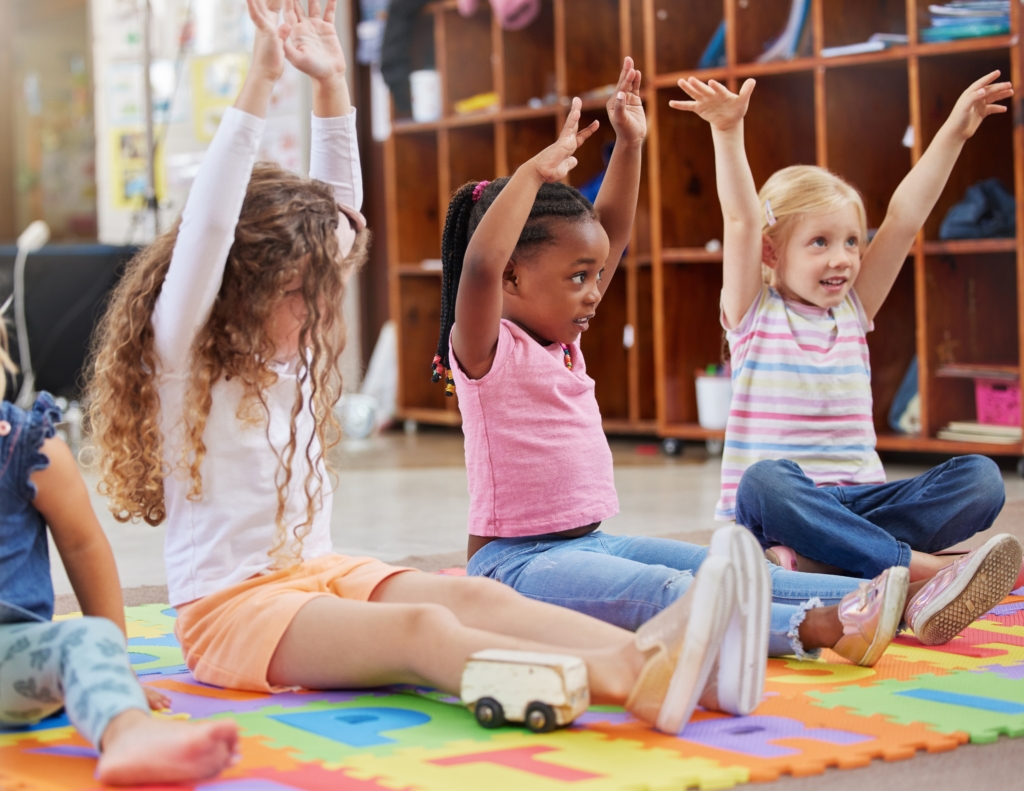
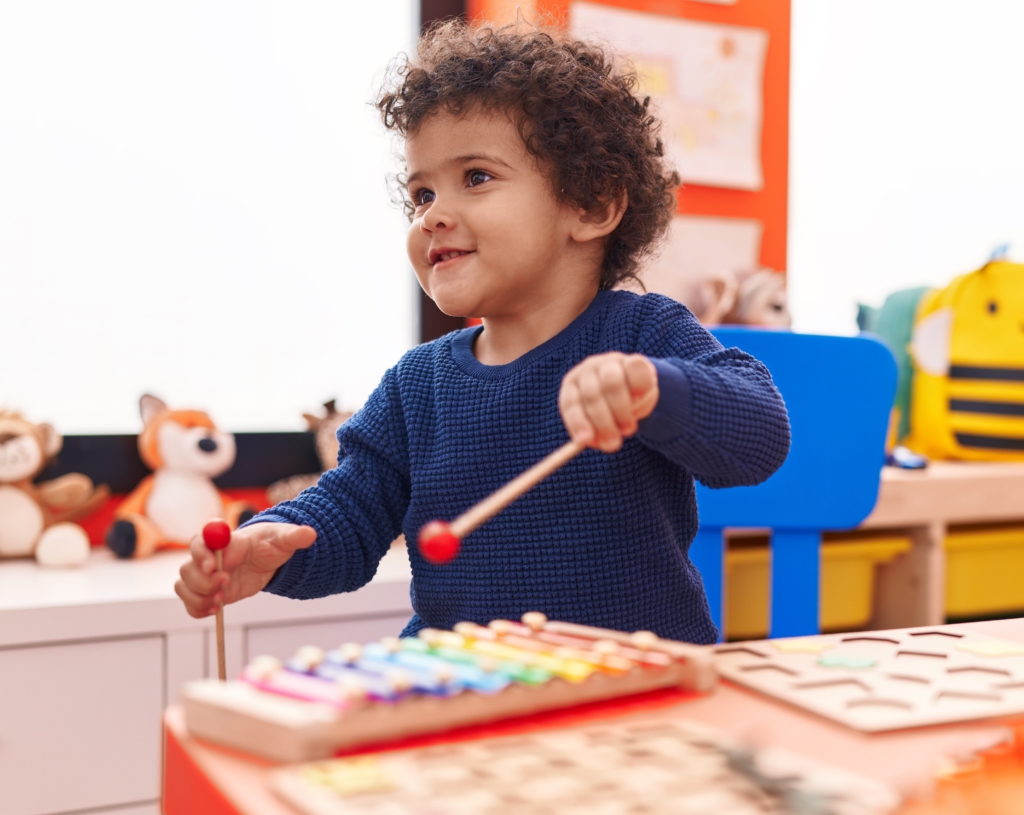
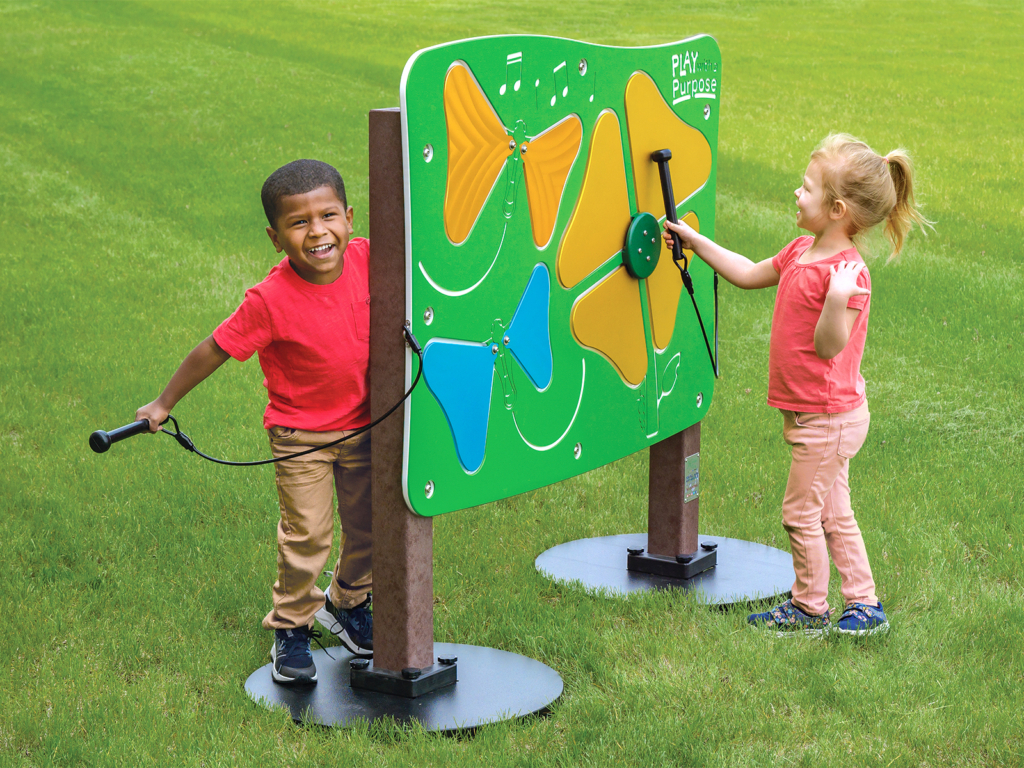
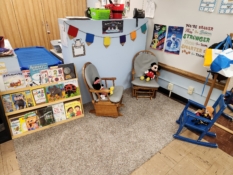
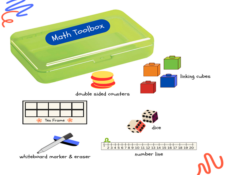

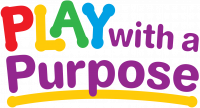

Leave A Comment